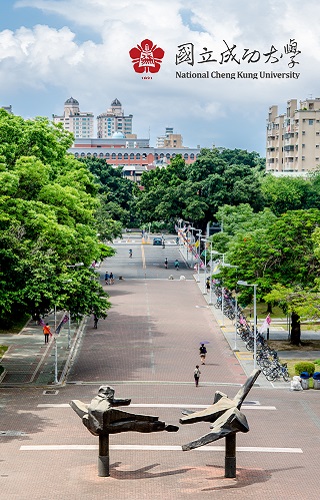Agriculture and aquaculture are a part of life, but a stable supply of food faces challenges from climate change and global competition. Southern Taiwan is an important area of agriculture and aquaculture. NCKU has participated in and contributed to agriculture and aquaculture research – including the cultivation and breeding of grouper fish, shrimp disease control and breeding, and orchid genome sequencing and disordering – not only to make outstanding achievements in academic research but also to link research with the industry and enhance industrial competitiveness. In addition, the results of NCKU’s research into marine life, whale and dolphin conservation, climate change and ecology have frequently appeared in international journals. NCKU also cooperates with the Biotechnology Center in Southern Taiwan, Academia Sinica, the Southern Taiwan Science Park and the Taiwan Orchid Plantation to develop biotechnology. But alongside close integration with urban development, it continues its research on transnational innovation.
Unveiling the genome sequence and evolution of orchids
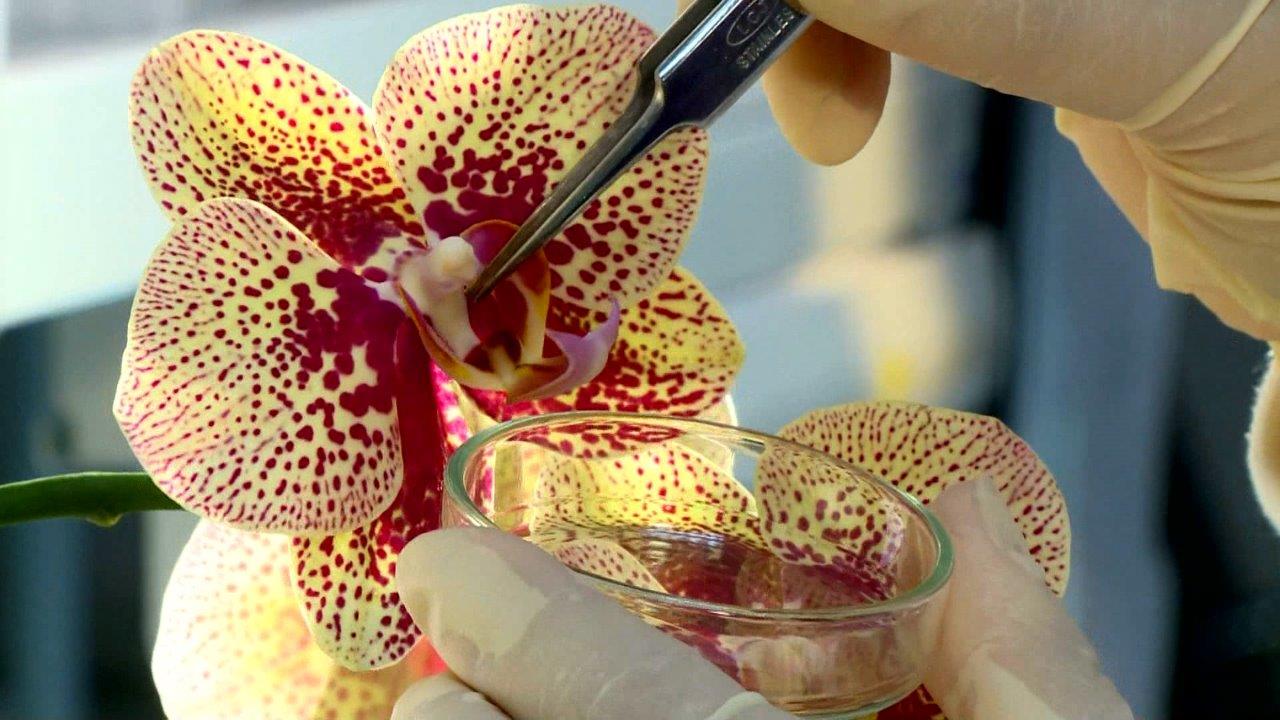
As the largest extant family among flowering plants, the diversity of orchids has been an attractive study topic for scientists since the time of Darwin. “I never was more interested in any subject in my life, than in this of orchids,” wrote Darwin to one of his friends. A team of 35 researchers from 17 research institutes – from Taiwan, China, Belgium and Japan among others – was formed to investigate Phalaenopsis equestris, a native orchid in Taiwan. The scientists included Professor Hong-Hwa Chen (Department of Life Sciences) and Professor Wen-Chieh Tsai (Institute of Tropical Plant Sciences) and their students, and the first orchid genome was published in the journal Nature Genetics in 2015. Professor Tsai and his colleagues sequenced the Apostasia shenzhenica genome and annotated 21,841 protein-coding genes to solve the 100-year-old puzzle of the orchid’s evolution and published a paper “The Apostasia genome and the evolution of orchids” in the journal Nature in 2017.
Microalgae carbon reduction technology
Taiwan has introduced legislation to reduce carbon emissions by 50 per cent by 2050 as a result of research institutes being more active in developing new technologies. Microalgae provide the most efficient carbon dioxide sequestration using photosynthesis on Earth. Owing to their fast growth rate and minimal land area requirements, and the fact that they can be cultured in seawater, various countries have made significant efforts to develop carbon sequestration technology for microalgae. Led by Professor Jo-Shu Chang (Department of Chemical Engineering), the largest microalgae cultivation demonstration facility uses waste gas from a factory and wastewater from fish farms to cultivate microalgae and develop microalgae carbon reduction technology. Just 1kg of microalgae can “eat” 2kg of carbon dioxide, thus constituting a novel weapon through which Taiwan can enter the era of carbon reduction. After carbon sequestration, this method transforms the microalgae into health foods and animal feed nutrition additives with high economic value, thus converting waste gas into “gold”.
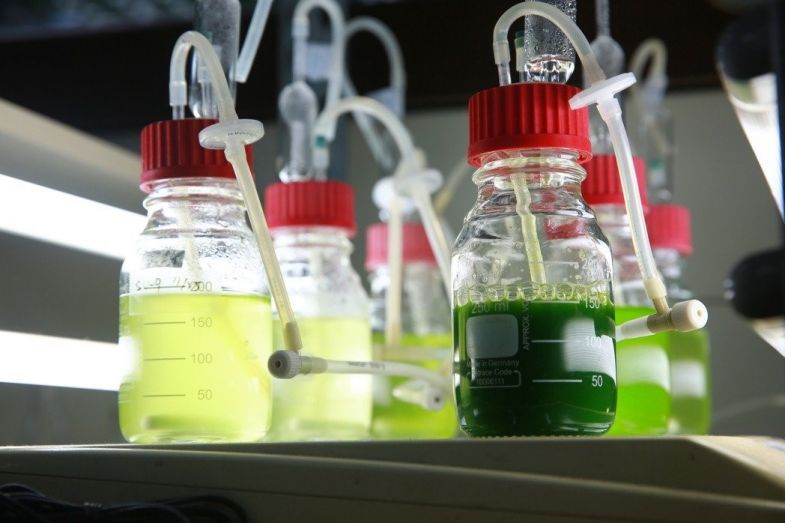 |
 |
Lowering production cost in grouper aquaculture through algae
Known as “the grouper kingdom”, Taiwan ranks second in the world in terms of the annual production value of the grouper fish, creating revenue of more than NT$6 billion (£160 million) annually. Recently, however, there have been frequent outbreaks of a highly contagious and fatal grouper virus infection. If just one grouper is infected, a large number of groupers will die very quickly, causing significant monetary losses to the industry. In 2018, the team of Professor Tzong-Yueh Chen, along with four other NCKU researchers from the Department of Biotechnology and Bioindustry Sciences, the Department of Chemical Engineering and the University Center for Bioscience and Biotechnology, used algae – a natural raw ingredient – as novel functional aquafeed additives, as a replacement for fish meal in nutrition sources. An algae strain contains unsaturated fatty acids which can change levels of serotonin and blood cortisol in fish brains, leading to a 10 per cent lower cannibalism rate in fish. This technique increases the weight gain of fish compared with plant protein, and substitutes 20 per cent of animal protein in feed. Therefore, it can reduce feed production costs and increase harvesting rates.
Shrimp farming
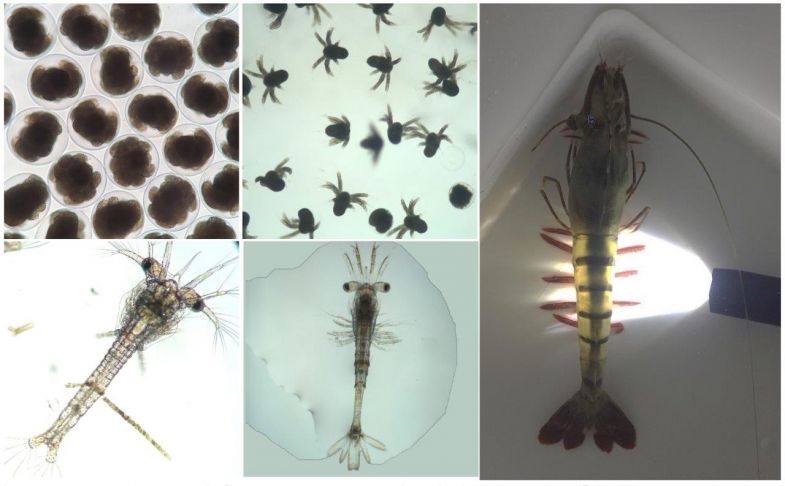
In addition to two World Organisation for Animal Health reference laboratories – one for white spot disease (WSD) and the other for acute hepatopancreatic necrosis disease – NCKU maintains a Nuclear Breeding Center where it has successfully identified and bred families of virus-resistant shrimp, and confirmed that this WSD resistance is heritable. NCKU has also established an indoor culture facility with high biosecurity and a closed circulation water system to support the entire life cycle of these WSD-resistant shrimp.
To achieve its mission of a sustainable shrimp aquaculture industry, NCKU focuses on the following important challenges:
- Control measures to minimise the risk of disease outbreak and transmission.
- Genetically based production of disease-resistant shrimp.
- Shrimp culture systems that conserve energy and water.
- The development of scientific, aquacultural and corporate skills that serve academia and the shrimp aquaculture industry.
NCKU aims to provide not only high-impact scientific output (publications and presentations) but also a unique hands-on learning environment for students of aquaculture.

Cetacean
Years of effort in cetacean rescue operations in Taiwan have been recognised internationally. As Hao-Ven Wang, director of NCKU Marine Biology and Cetacean Research Center, points out, so far the scientific community has yet to fully understand the reason behind stranded cetaceans. Each year, a large number of cetaceans are stranded on shores, unable to return to the ocean on their own. In addition, the falling numbers of some cetacean types – and the negative impacts of human factors, such as environmental pollution – make rescue and conservation tasks even more important. The issue is of concern to conservation communities around the world. Since 2004, NCKU has rescued more than 400 cetaceans, reaching a peak of 40 cetaceans in one year in 2018. In the first eight months of 2019, NCKU rescued 30 cetaceans. Of those, about 10 per cent were released back into the wild.
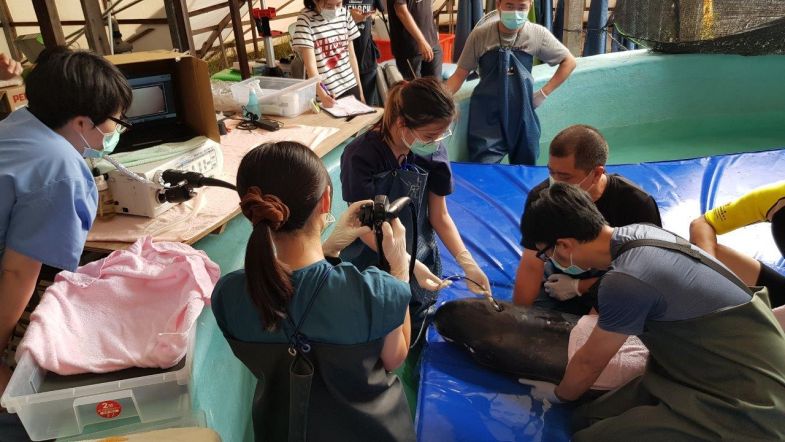 |
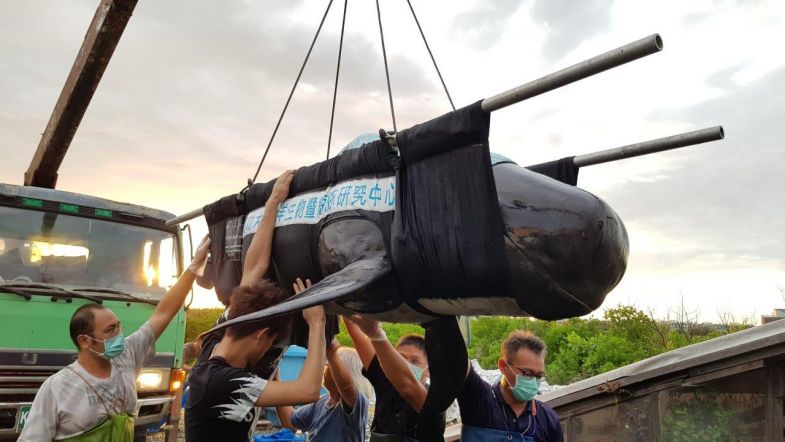 |
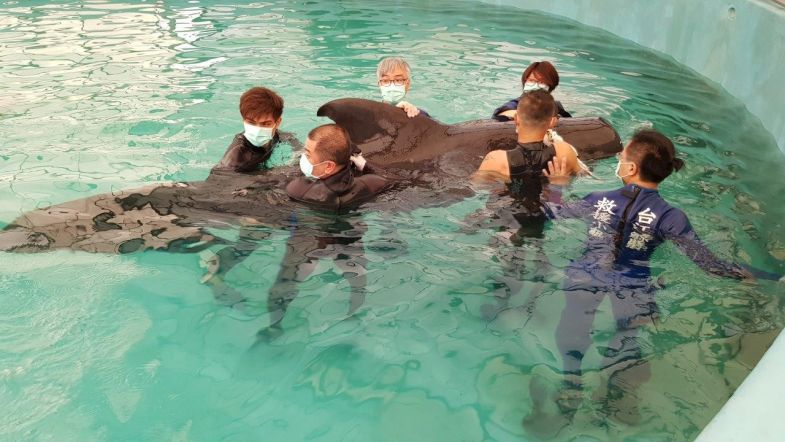 |
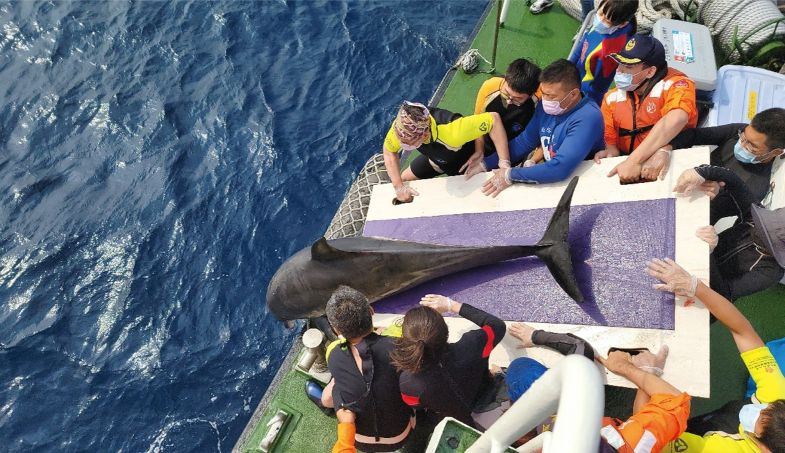 |














